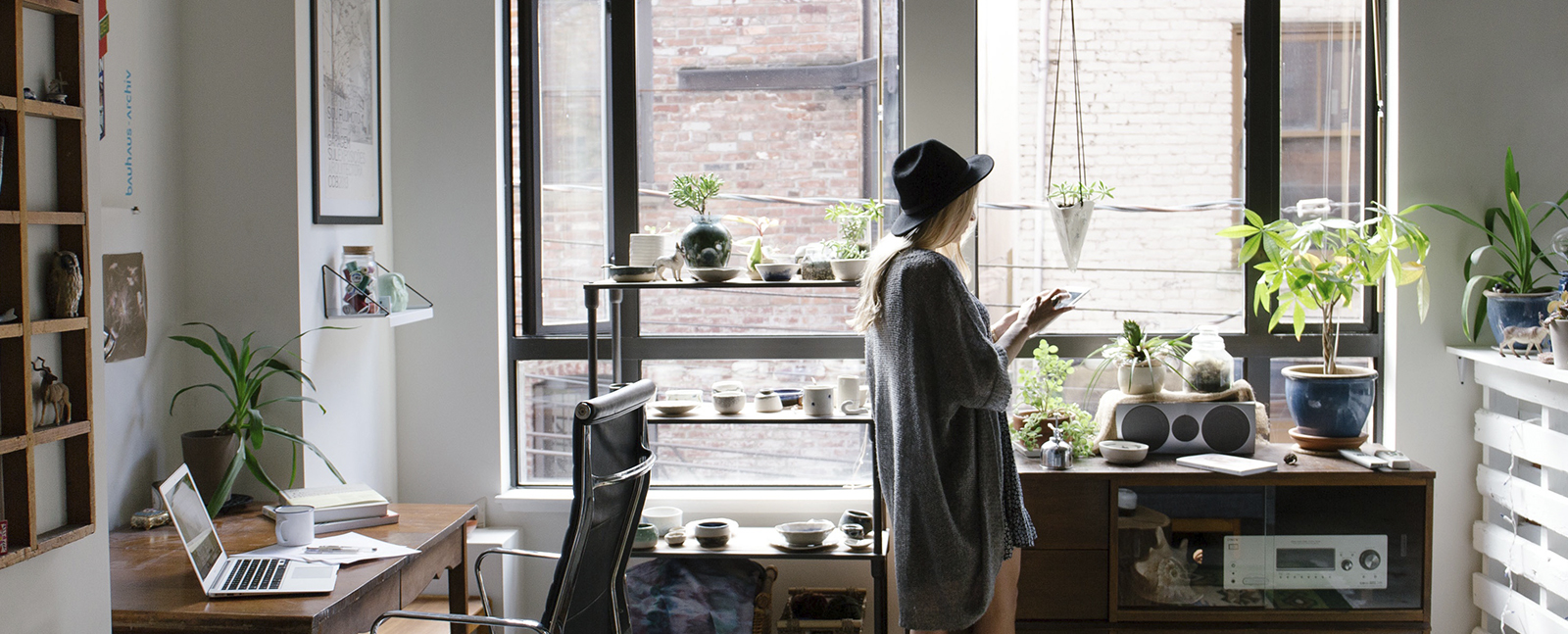River tables have taken the world of interior design by storm, captivating the eyes and hearts of design enthusiasts and nature lovers alike. These mesmerizing pieces of furniture seamlessly blend the raw elegance of natural wood with the fluidity of epoxy resin, creating a harmonious fusion that mimics the meandering course of a river.
We’ll delve into the enchanting world of river tables, exploring their origins, crafting process, design possibilities, and their unique appeal in interior décor.
Understanding River Tables: A Fusion of Nature and Art
At its core, a river table is a captivating piece of furniture that captures the essence of a flowing river. It’s more than just a functional item; it’s a work of art that brings the beauty of nature indoors.
The concept of river tables stems from the artistic desire to replicate the intricate patterns and colors formed by rivers as they wind through landscapes.
Crafting a River Table: A Delicate Dance of Materials
The process of creating a river table is an intricate dance between wood and resin. Artisans carefully select wood slabs with unique grain patterns, knots, and imperfections that tell a story.
These slabs are then arranged with a gap between them, resembling the riverbed, into which epoxy resin is poured. The resin flows freely, creating a captivating visual representation of water’s movement.
Materials that Shape the Beauty: Wood and Resin
Selecting the Right Wood: Aesthetic and Durability
Choosing the perfect wood is essential to the success of a river table. Hardwoods such as walnut, oak, and maple are favored for their durability and distinct grain patterns. The wood’s color and texture add character to the final piece, harmonizing with the resin’s fluidity.
Resin: The Soul of a River Table
Resin is the magic ingredient that breathes life into a river table. It not only bonds the wood slabs together but also adds a glossy finish that mimics the reflective surface of water. Tinted resin can be used to replicate the colors of a river, from serene blues to earthy browns.
Crafting Process: From Slabs to Flowing Elegance
Preparing the Wood Slabs: A Fusion of Nature and Precision
Before the resin pours, the wood slabs undergo meticulous preparation. Sanding, shaping, and polishing are essential to create a smooth and level surface. Each slab’s unique features are highlighted, showcasing the beauty of imperfections that nature provides.
Pouring and Manipulating Resin: Sculpting Liquid Aesthetics
The pouring of resin is a transformative moment. As the resin flows and spreads, artisans can manipulate it to mimic the curves and patterns of a natural river. Pigments and dyes can be added to create depth and variation, resembling the interplay of light and water.
Design Possibilities and Visual Marvels
Endless Variations: Playing with Wood and Resin
The creative possibilities with river tables are virtually limitless. Combining different wood species introduces contrasts and visual interest, while experimenting with resin pigments allows for the replication of various water tones. The final result is a stunning fusion of materials that evoke nature’s splendor.
Incorporating River Tables: Where Art Meets Functionality
A Unique Focal Point: Elevating Interior Design
A river table isn’t just a piece of furniture; it’s a conversation starter, a focal point that demands attention. Its organic design contrasts with the linear nature of many interiors, infusing the space with a touch of natural beauty.
Nature’s Artistry in Furniture
In the realm of furniture design, river tables stand as a testament to the power of human creativity and the beauty of nature’s inspiration. These functional pieces of liquid art bring the tranquility and grace of rivers indoors, captivating anyone who lays eyes on them. As they continue to gain popularity, river tables serve as a reminder of the endless possibilities that arise when we blur the lines between art and functionality.


